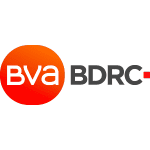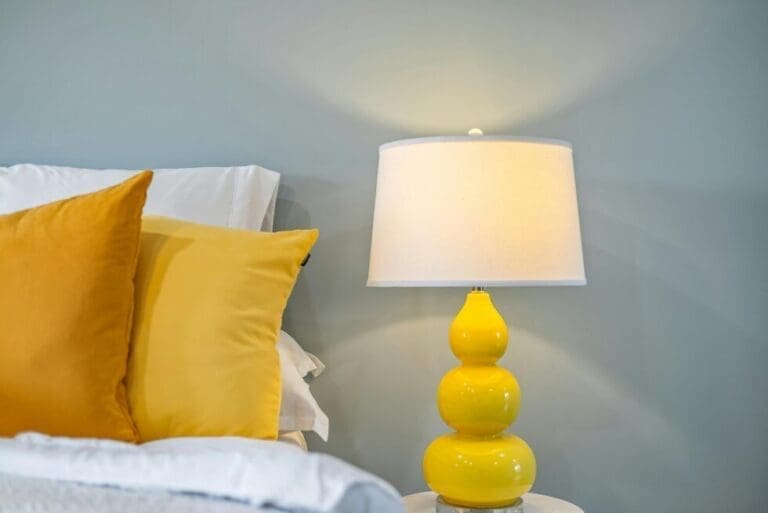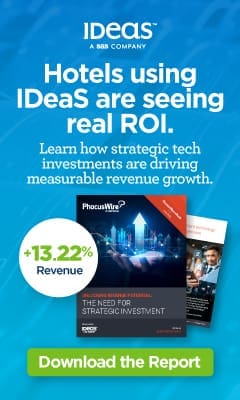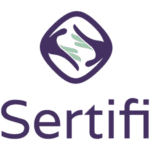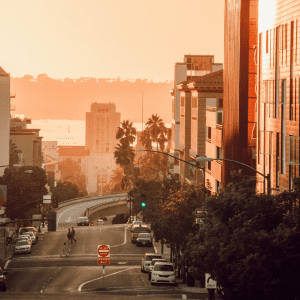 Consumers in the UK’s perception of where to find the best rate has become more confused over the pandemic, according to the latest Hotel Guest Survey from BVA BDRC.
Consumers in the UK’s perception of where to find the best rate has become more confused over the pandemic, according to the latest Hotel Guest Survey from BVA BDRC.
The report found that membership of loyalty programmes did not favour the hotel brands, with the OTAs also garnering members, suggesting that another strategy was needed to pull guests to direct bookings.
Consumer perceptions of where to find the best rate favoured the OTAs, at 33% of respondents, with hotel websites close behind on 27%, although both options had fallen in the past three years, from 41% and 28% respectively. The percentage of travellers who didn’t know had doubled over the period, suggesting some confusion in the marketplace.
James Bland, director, BVA BDRC, said: “The global hotel chains have been building up their frequency programmes with the intention of driving direct bookings and reducing the cost of filling beds for their owners.
“The pandemic meant a rapid drop in the number of corporate travellers, who make up the majority of frequency programme members. With the market more reliant on leisure travellers, the chains have had to lean on other channels to bring in guests and, as travel reopens, must reengage with consumers to cut the cost of acquisition.”
In terms of booking channels, 59% of business travellers preferred hotel brand sites, while, for leisure bookings, 56% favoured all other sites. Of the booking channels. booking.com was the most visited, with 56% of travellers having looked at or used it, with Premier Inn owner Whitbread the most visited of the hotel-branded sites, at ninth on the channel list.
As this would suggest, Premier Inn held both brand advantage and brand ranking, followed by Hilton Hotels & Resorts, then Holiday Inn.
In terms of awareness by tier, Premier Inn ranked highest for economy hotels, with Holiday Inn leading the mid-market, Hilton Hotels & Resorts the upper full service and Ritz Carlton in Luxury. Of the homestay brand, Airbnb led the field by some way.
Addressing loyalty programmes, 40% of all respondents were members of at least one programme, rising to 64% of business travellers. Fifty-four percent of Generation Y respondents held a membership. Hilton Honors was the most popular programme, counting 23% of respondents, with OTA programmes – Expedia and hotels.com – next in the rankings.
The attraction of the UK domestic market to leisure travellers has remained firm, with 80% of leisure guests already having booked a domestic stay, or were highly likely to, with city breaks the most popular choice. The cost pressures being felt by the consumer were also a factor, with value for money driving booking decisions.
Bland said: “Consumers are becoming more comfortable with the idea of booking an international holiday, but while we are seeing those green shoots for outbound travel, nearly twice as many adults booked a UK holiday during January – the highest incidence since the start of tracking.
“Comfort with the idea of staying in hotels and other types of paid-for accommodation jumped significantly as Omicron-driven fears receded and the accommodation sector is closing in on the pre-pandemic norm in terms of consumer comfort levels.
“What remains to be seen is whether this recovery will endure, or whether it is one final hurrah before the cost-of-living crisis starts to bite. As we saw from our survey, value is a driver for consumers and there are further factors heading towards us, including the energy price cap increase and possible economic repercussions of Putin’s war on Ukraine.”
The domestic leisure market has dominated the sector during the pandemic, with an average of 3.8 leisure trips taken over the past two years, against 1.3 domestic business trips. Beach and resort breaks were popular, as more exotic climes were unavailable.
The BVA BDRC study found that confidence in travel was growing, with 47% of UK consumers happy to book a domestic trip to be taken in a few months and 32% to go now. As guests have become more comfortable with staying in hotels, they have also started to return to the cities. Looking at future intent for the next 12 months, 47% were planning a city break, while 34% wanted to visit a local area or attraction and 32% were aiming to visit friends or relatives.
Bland said: “Many in the sector felt that, once international travel had become more certain, consumers would revert to old patterns and return to their search for summer sun. Instead we can see that the domestic market has outlasted the pandemic and, with the added influence of concerns over price and the impact of travel on climate change, may remain buoyant.
“To continue to attract guests, hotels must appreciate that they no longer have a captive market, but must compete, if not on the weather, then value and experience, as consumers look to make the most of their time and money.”


